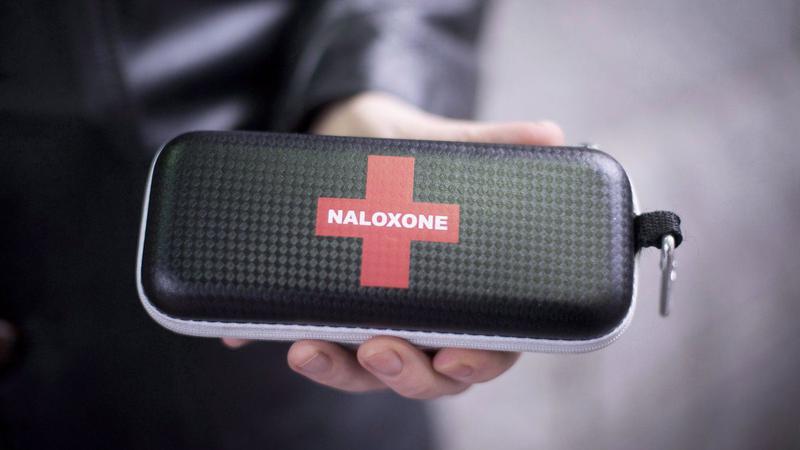
Naloxone: What to know about the opioid overdose-reversing drug, free across Canada
Health Canada has called the opioid crisis one of the most serious public health threats in recent history, and an addictions specialist says everyone can play a part in helping reduce the death toll. All it takes is access to naloxone, a life-saving medication that temporarily reverses an opioid overdose.
“It’s something that all adult Canadians, and I would hazard to guess teenagers as well, should have access to and be aware of,” said Dr. Sam Hickcox, chief officer of the Nova Scotia government’s Office of Mental Health and Addictions. “If there’s something we could do to save a life, why wouldn’t we?”
He compared administering naloxone to using an EpiPen to treat someone having an anaphylactic allergic reaction.
Hickcox said the country’s ongoing opioid epidemic has been made worse as Canada’s illicit drug supply became “poisoned” in recent years with toxic, highly potent opioid additives like fentanyl and carfentanil. Some users report not knowing what’s in the drugs they’re using.



